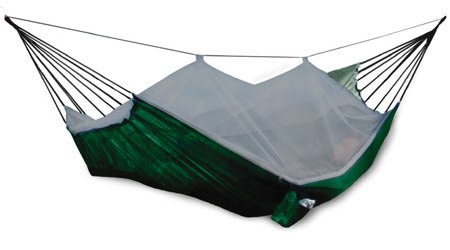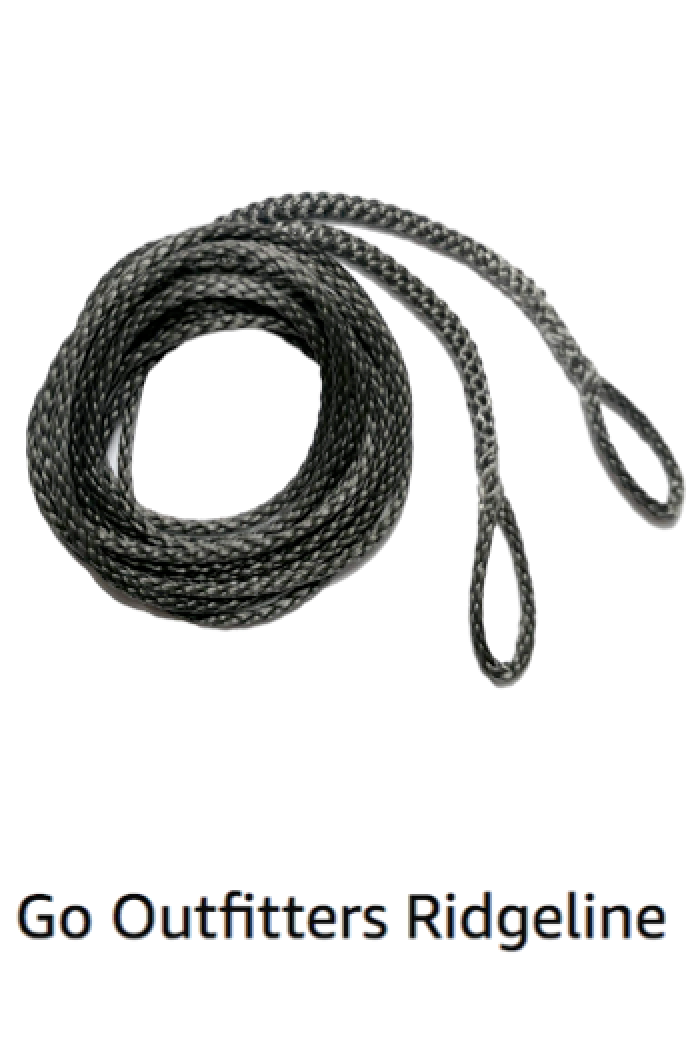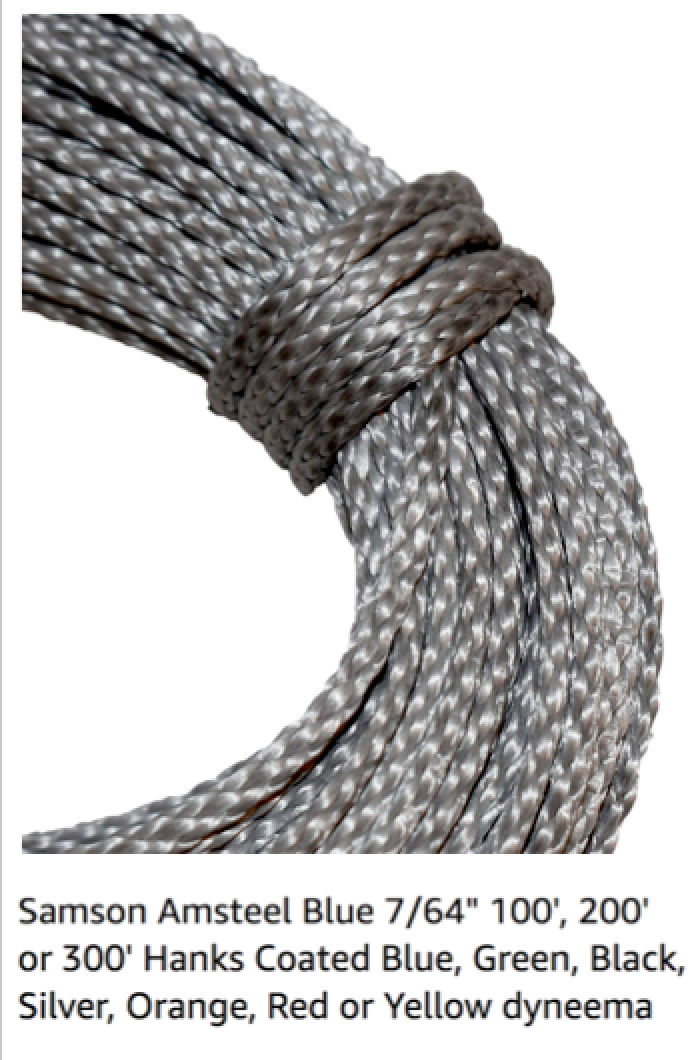How Do I Make My Own Hammock?
First, the structural ridgeline is very tight, non-stretchy, and sets the amount of sag on the hammock. When you pull the hammock supports tight, you're also pulling the ridgeline tight...but since the ridgeline holds a fixed length, the fabric in the hammock body isn't affected. I like it b/c no matter how you hang your hammock, it always has the same amount of sag. Also, you can tie the supports to the tree at a lower level and still have a comfortable hammock b/c it increases the sag. Important note - since ridgelines generally decrease the angle of the hammock supports, the supports put more stress on the trees. Make sure whatever you're tying to is strong enough to hold you up.
Next, non-structural ridgelines are just strung up to support bugnets and don't change how the hammock sags. Some of these are elastic and some are cord, occasionally webbing on some homemade ones. But the important thing is that non-structural ridgelines don't change how the hammock lays.
Both kinds are good for holding boots, jackets, stuff sacks with nighttime essentials, etc. I always hang my headlamp and emergency whistle up there...that way I can blow the whistle if a bear comes sniffing and I never have to leave the hammock. Since I switched to a soft-sided Nalgene I use my water as a pillow, but before that I always had a stuff sack with a snack and bottle of water hung on the ridgeline.
Hammock ridgelines are also different from tarp ridgelines. Tarp ridgelines are sometimes just a sewn seam running along the center length that needs to be sealed, but some folks actually run a cord for the full length between the trees and the tarp lays on top of it. Each type has advantages...but as I said, don't confuse tarp ridgelines with hammock ridgelines.
If you want to see a technical analysis of ridgelines, check out Youngblood's Hammock Sag Angle in the Jan 2006 Hammock Camping News.
Structural Ridgeline |
No Ridgeline |
 Non-Structural Ridgeline |
|

